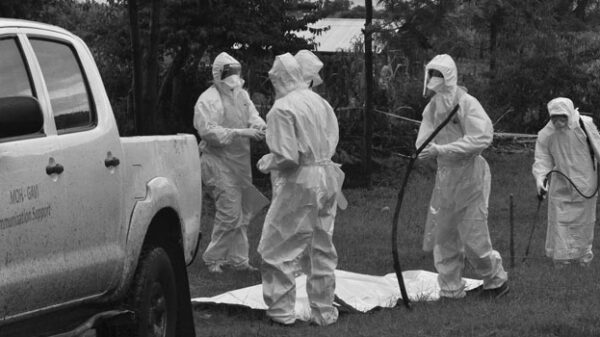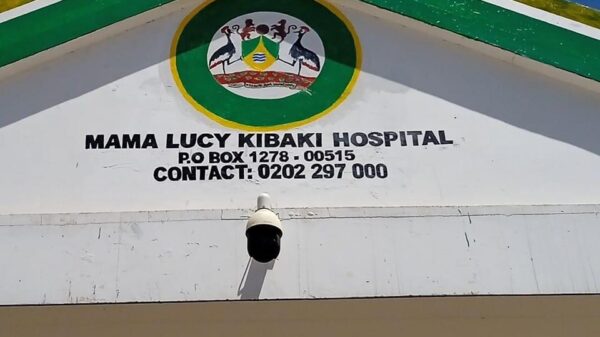NAIROBI, Kenya, Jan 6 – The Nairobi County Health Reforms Taskforce which was constituted by Governor Johnson Sakaja to look into the state of health care in the County has recommended that the county fully equips and ensures functionality of all the Level 2- 5 health facilities, so as to accelerate access to health care services.
The chair of the Taskforce Dr. Githinji Gitahi pointed that Nairobi County has a huge disease burden straining health care provision to the disadvantage of the marginalized, vulnerable and the poor.
The Dr. Githinji- led taskforce said in order to bridge the gap and ensure that quality health care services are accessible to all its necessary to establish primary health care hubs based on the spoke and hub model in line with Kenya Health Care Strategic Framewoek 2019-2024 and the Primary Health Care Network Operational Manual 2021.
This would include fully operationalizing the upgraded 11 facilities from level 3 to level 4.
“The burden of disease in Nairobi is county is big and therefore the county needs to invest in health care services starting with community health services, robust refferal hospital, working emergency services,” Dr. Githinji stated.
Also as part of measures to improve health care services, the county was asked to ensure that all the facilities are transformed to 24/7 facilities that are fully operational.
In additon, the county was advised to accelerate approval and accreditation of upgraded health facilities by the National Health Insurance Fund.
The report underscored the key role of Community Health Units (CHUs) in the realization of access to health care, and advised the county to implement the Community Health Services Act 2019.
This includes fully equipping all the existing Level 1 Community Health Units in line with the Level scope of work and service package.
“Ensure full functionality of community health units in line with the Level scope of work and service package, operationalize the stipend and pay outstanding stipend for CHVs and employ 80 CHVAs to bridge existing gap,” the report reads.
On his part Governor Sakaja committed to implementing the recommendations for the benefit of Nairobi residents.
The Governor said putting up the health reforms taskforce as his first executive order after he assumed office is a testament to his commitment in improving health care services in the city.
The taskforce constituted by the Governor includes Kenya University Refferal Hospital Chairperson Olive Mugenda, AMREF CEO Dr. Gitahi Githinji, Nairobi County Health CEC Annastacia Nyalita, Ex-Health CAS Mercy Mwangangi, Dorcas Kemunto, Fryda Karei and County Secretary Jairus Musumba.
“I want to assure this taskforce that I will not let you down. I can not the waste time of someone like Prof. Mugenda in coming up with this report and this report will not end up in shelves,” Sakaja stated.
Sakaja noted that they inherited alot of facilities from the Nairobi Metropolitan Services but they need to be stocked and adequate personnel.
Nairobi County has 803 health facilities out of which 119 are government owned, 559 private and 145 NGO-owned.
Government owned Level Two facilities are 58, Level Three 45, Level Four 13 and Three Level Five facilities.
About The Author


















































